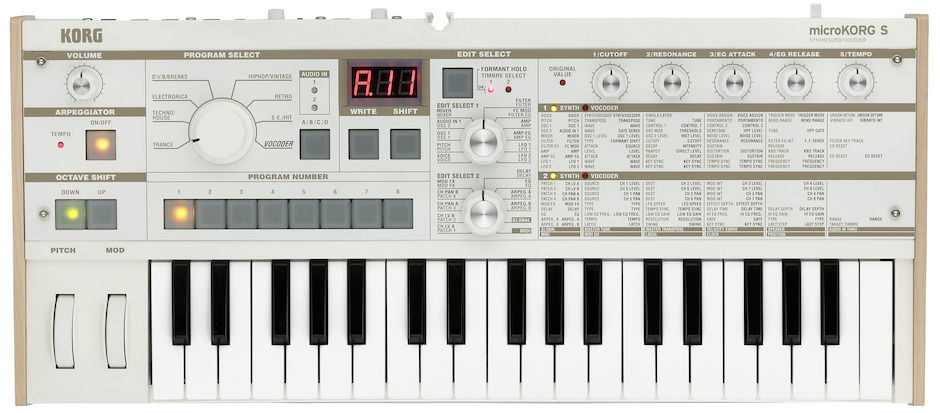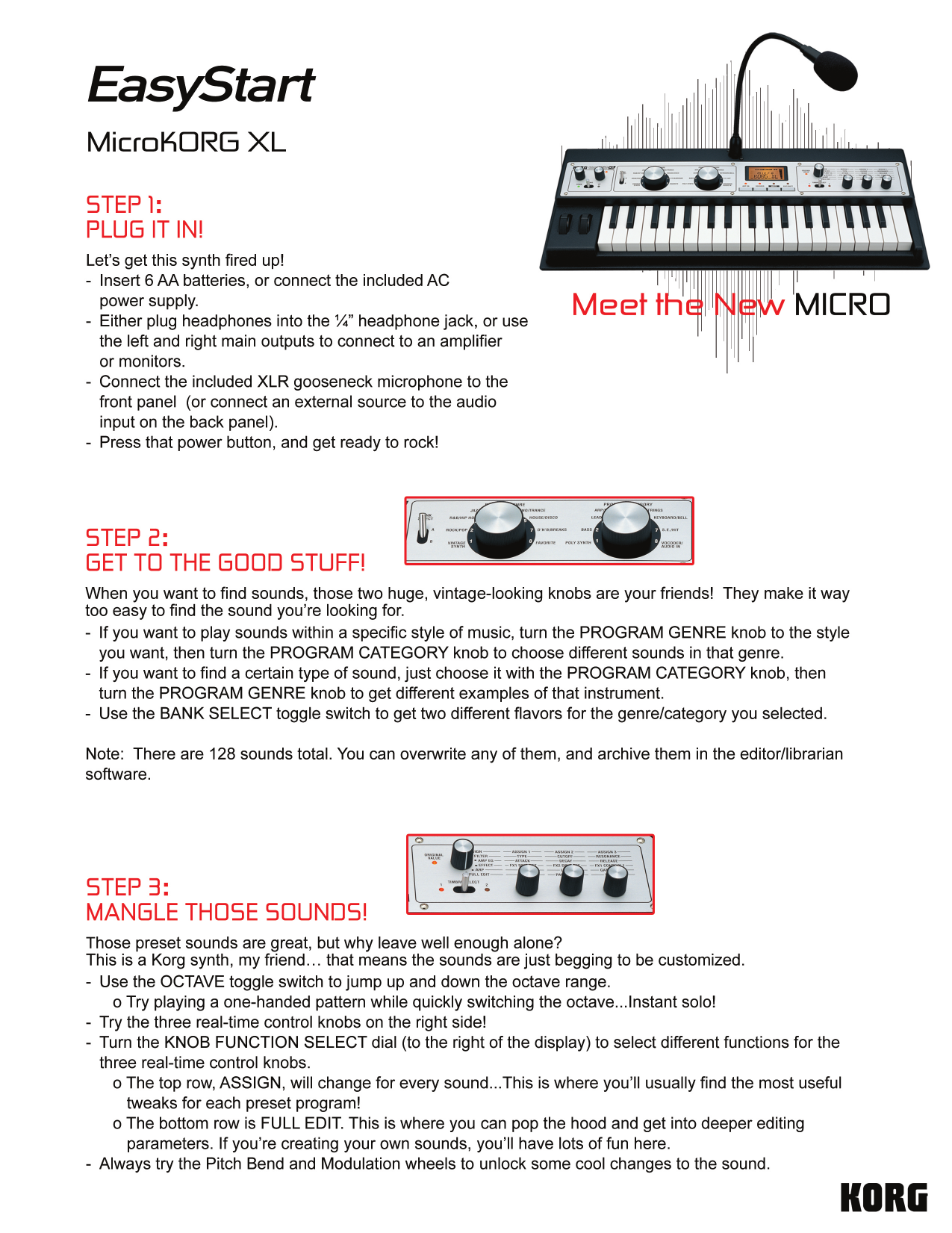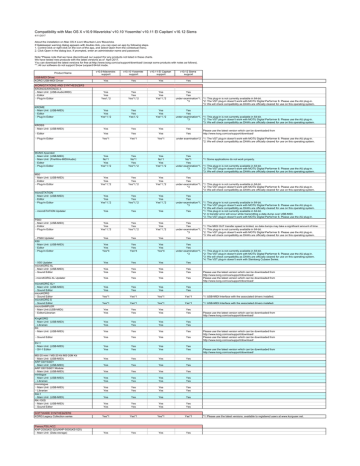
- #MICROKORG SOUND EDITOR MIDI PORT NOT SPECIFIED SOFTWARE#
- #MICROKORG SOUND EDITOR MIDI PORT NOT SPECIFIED PLUS#
Advantages of MIDI include small file size, ease of modification and manipulation and a wide choice of electronic instruments and synthesizer or digitally-sampled sounds.

: 4Ī file format that stores and exchanges the data is also defined. MIDI data can be transferred via MIDI or USB cable, or recorded to a sequencer or digital audio workstation to be edited or played back. One common MIDI application is to play a MIDI keyboard or other controller and use it to trigger a digital sound module (which contains synthesized musical sounds) to generate sounds, which the audience hears produced by a keyboard amplifier. When a musician plays a MIDI instrument, all of the key presses, button presses, knob turns and slider changes are converted into MIDI data. MIDI carries event messages data that specify the instructions for music, including a note's notation, pitch, velocity (which is heard typically as loudness or softness of volume) vibrato panning to the right or left of stereo and clock signals (which set tempo). This could be sixteen different digital instruments, for example. Ī single MIDI link through a MIDI cable can carry up to sixteen channels of information, each of which can be routed to a separate device or instrument. The specification originates in a paper titled Universal Synthesizer Interface, published by Dave Smith and Chet Wood, then of Sequential Circuits, at the October 1981 Audio Engineering Society conference in New York City. MIDI ( / ˈ m ɪ d i/ an acronym for Musical Instrument Digital Interface) is a technical standard that describes a communications protocol, digital interface, and electrical connectors that connect a wide variety of electronic musical instruments, computers, and related audio devices for playing, editing, and recording music.
#MICROKORG SOUND EDITOR MIDI PORT NOT SPECIFIED PLUS#
This system fits into a single rack case, but prior to the advent of MIDI, it would have required four separate full-size keyboard instruments, plus outboard mixing and effects units. On Program Change Transmit/Receive.Using MIDI, a single controller (often a musical keyboard, as pictured here) can play multiple electronic instruments, which increases the portability and flexibility of stage setups. The MIDI settings other than the Transmit Channel are set as listed below, and cannot be changed. No MIDI messages are output during playback of the Demo Song or Preset Song.In Dual, the keyboard performance via Voice 1 is transmitted on the specified MIDI Transmit Channel and the keyboard performance via Voice 2 is transmitted on the next channel number in sequence (specified channel + 1).


When connecting a USB cable, make sure that the length is less than 3 meters. The D6 key decreases the value by 1, the E6 key increases the value by 1, and the D#6 key restores the default value (channel 1). To do this, while holding down, press one of the D6 – E6 keys. You can specify the channel on which this instrument transmits MIDI data. In any MIDI control setup, the MIDI channels of the transmitting and receiving devices must be matched for proper data transfer.

#MICROKORG SOUND EDITOR MIDI PORT NOT SPECIFIED SOFTWARE#
„By connecting a computer to the terminal, you can take advantage of various music software with your computer and the instrument.įor details on using a computer with this instrument, refer to the “Computer-related Operations” on the website.„


 0 kommentar(er)
0 kommentar(er)
